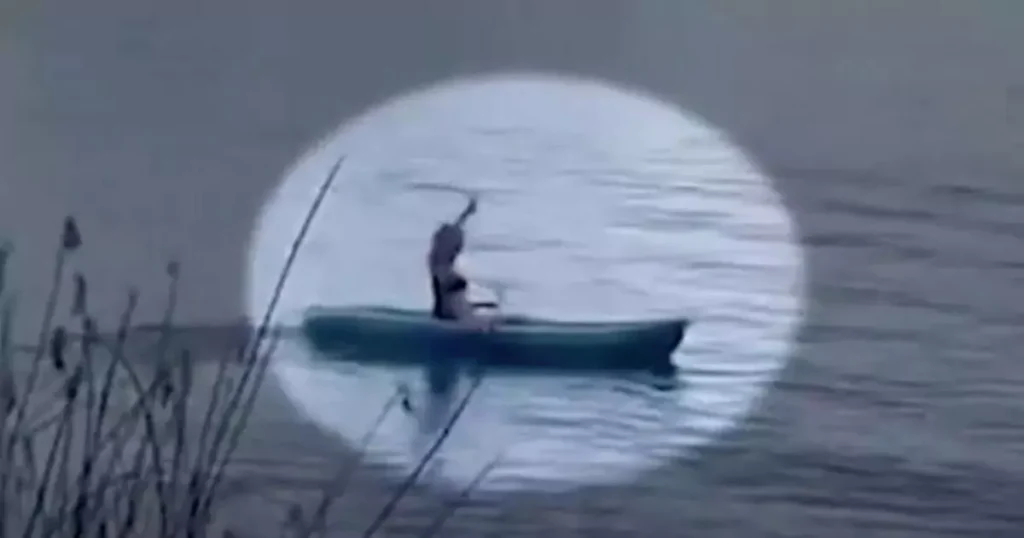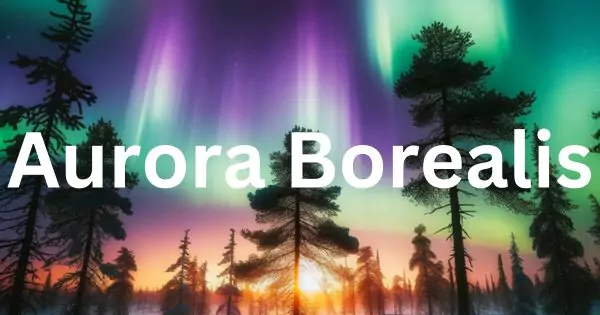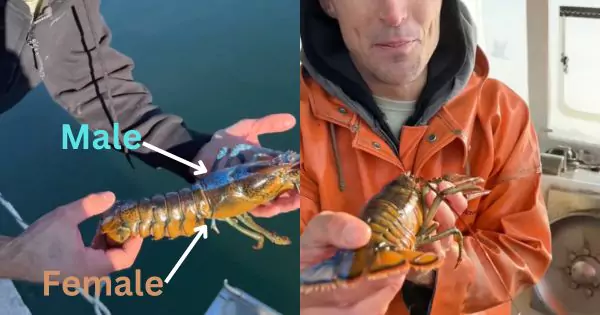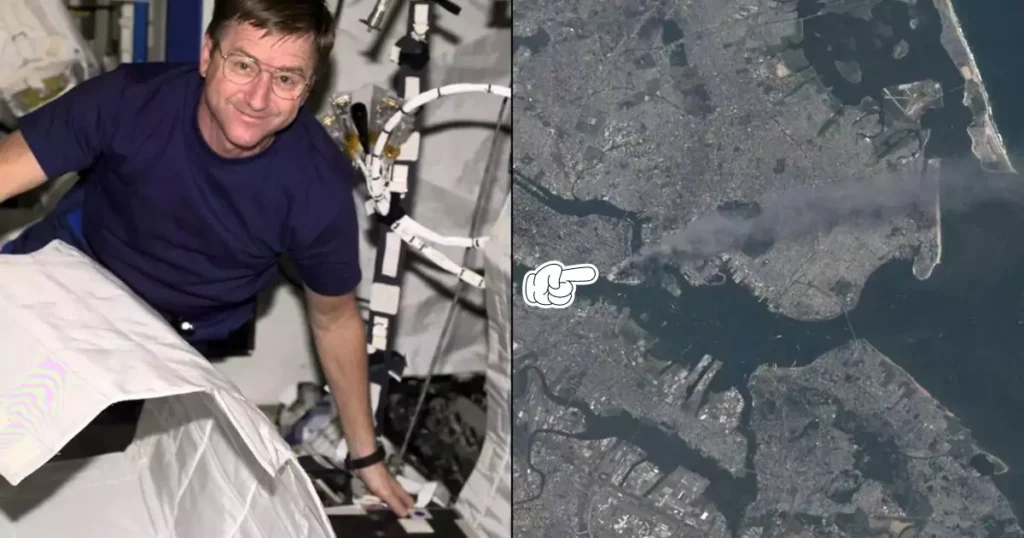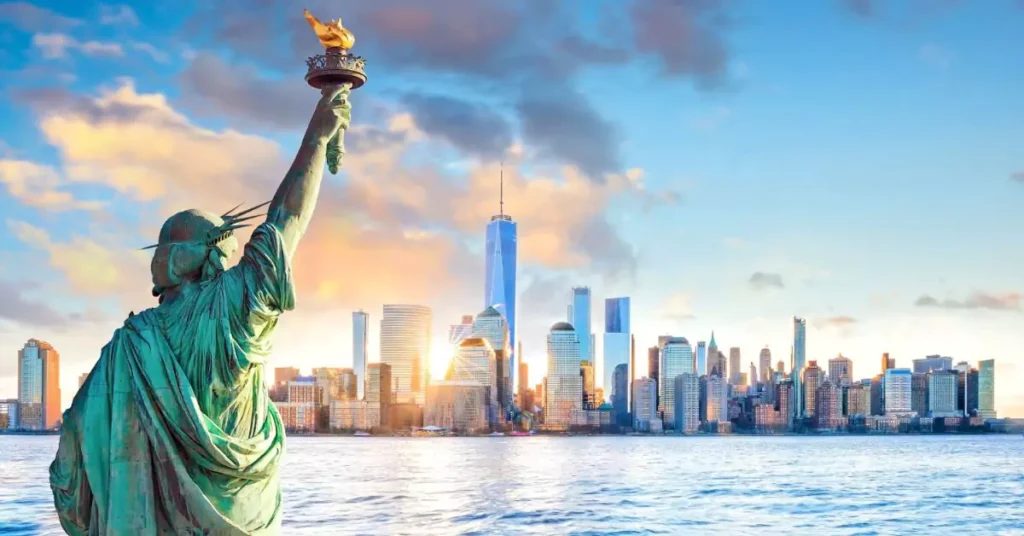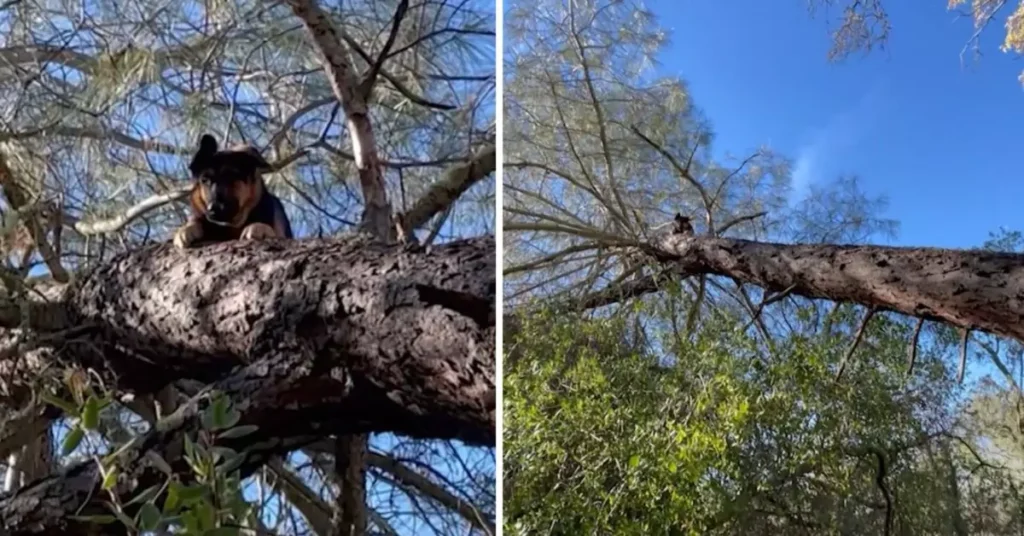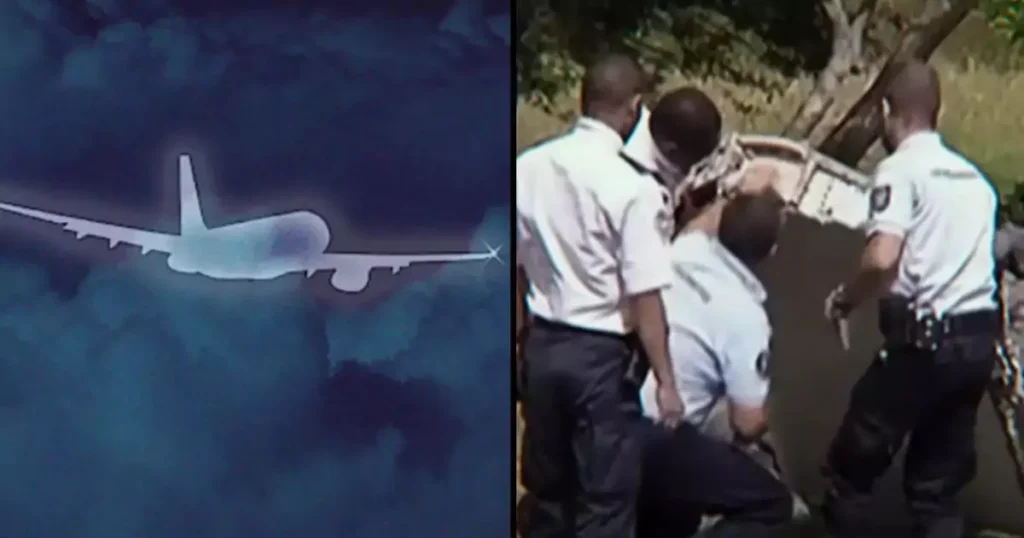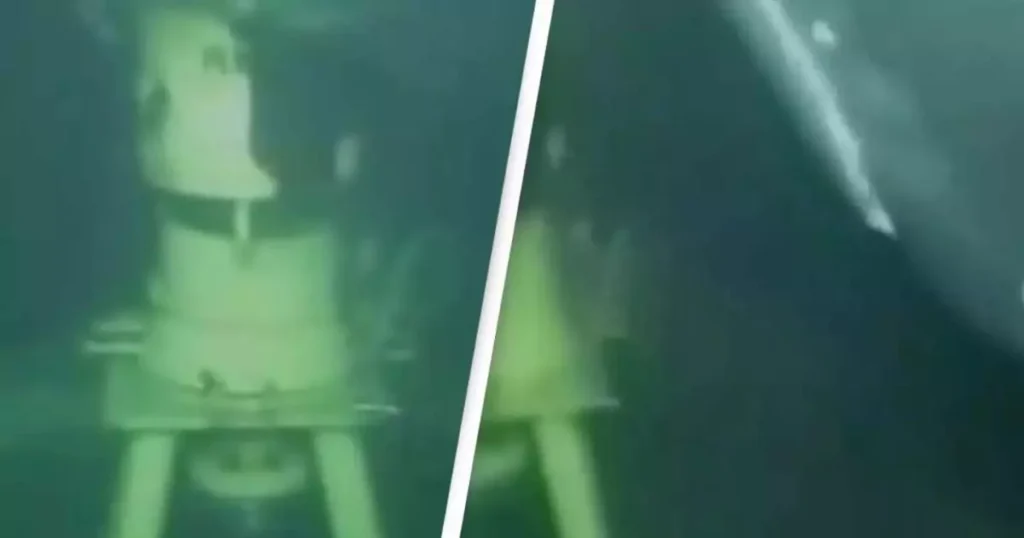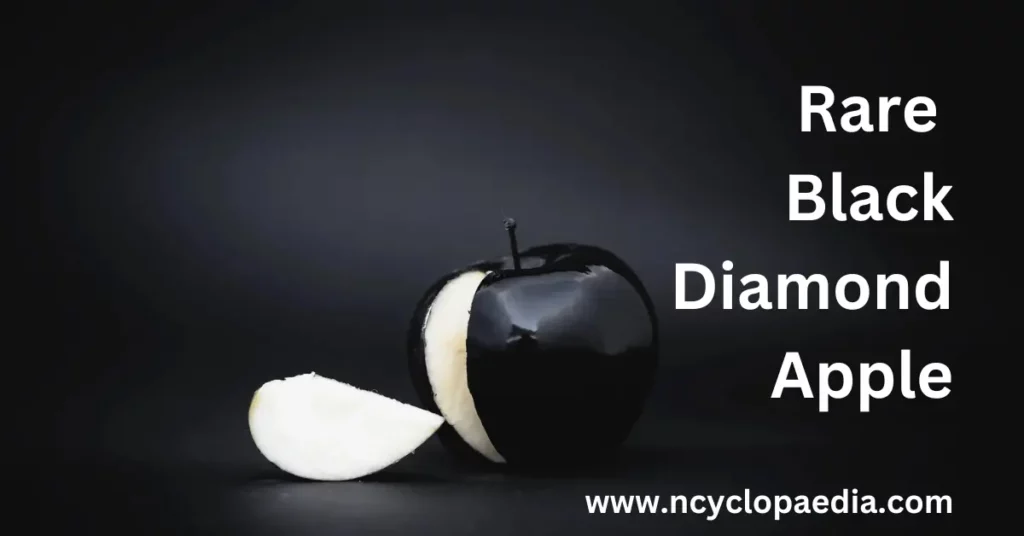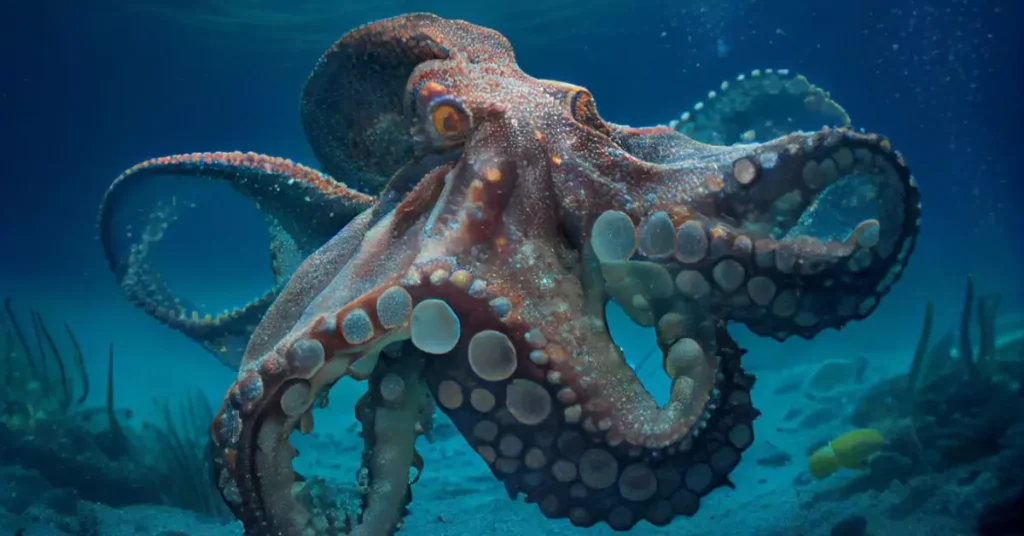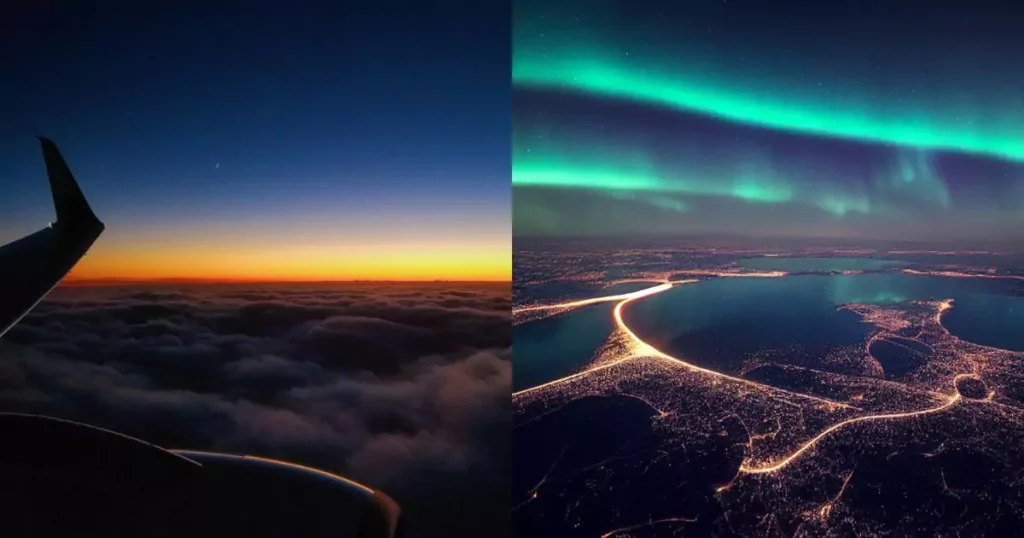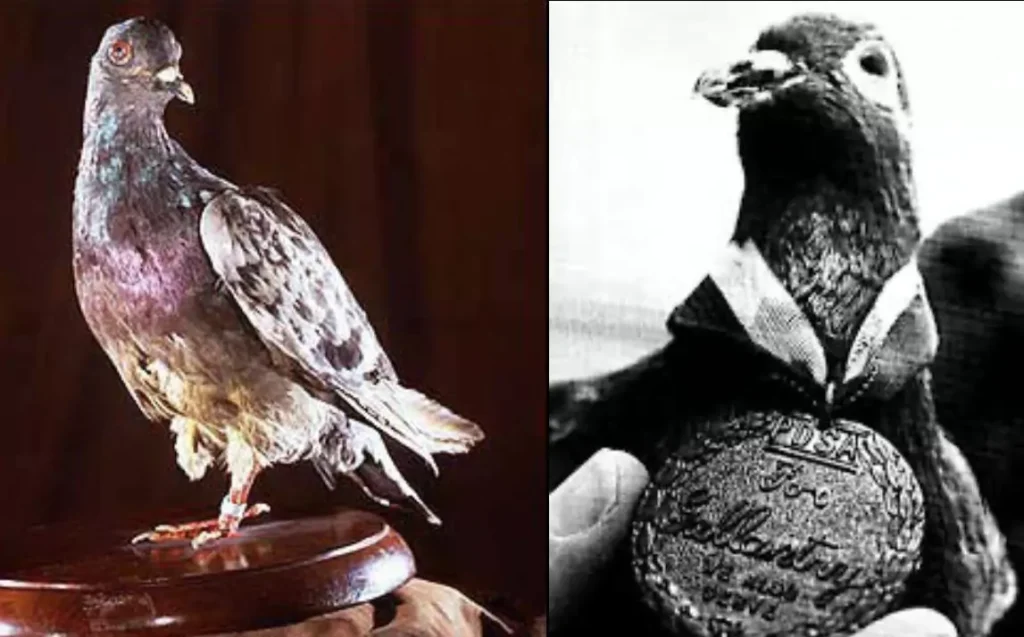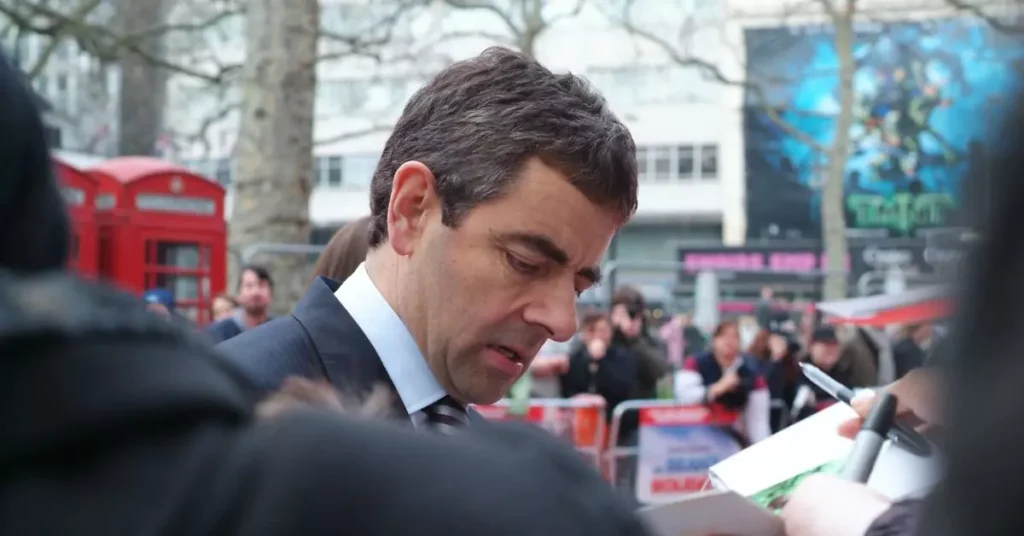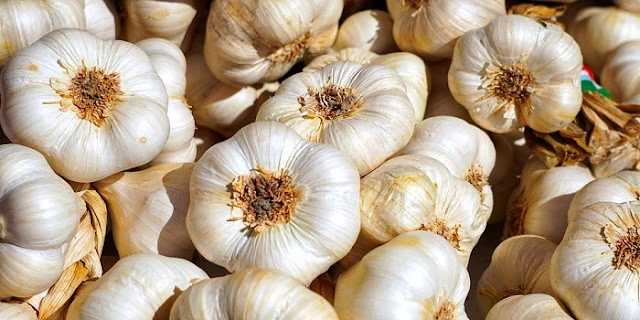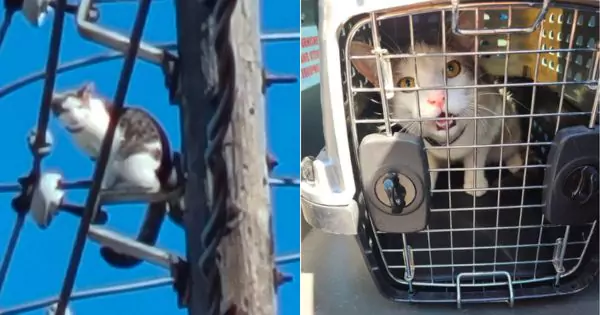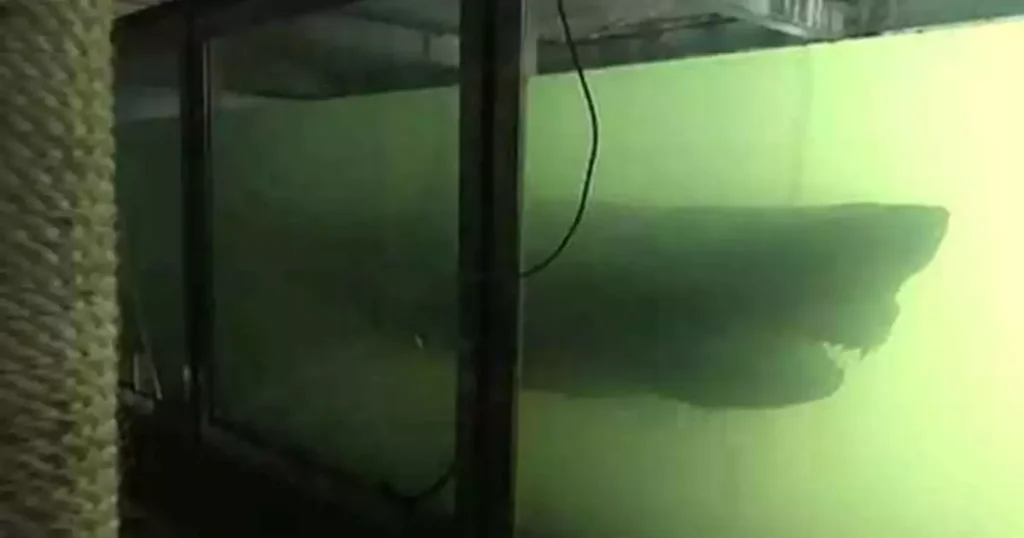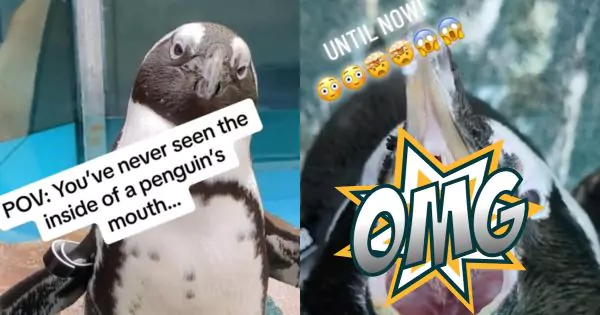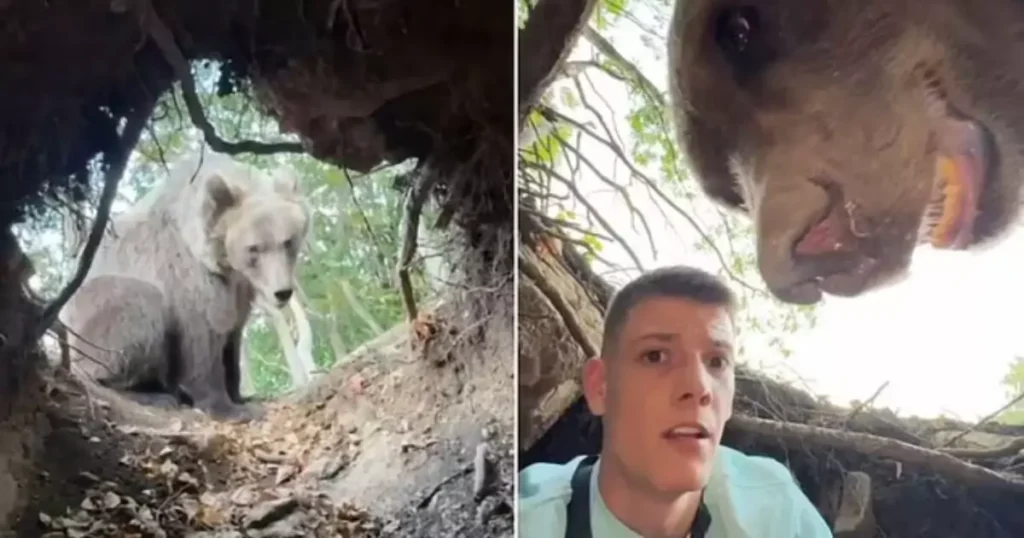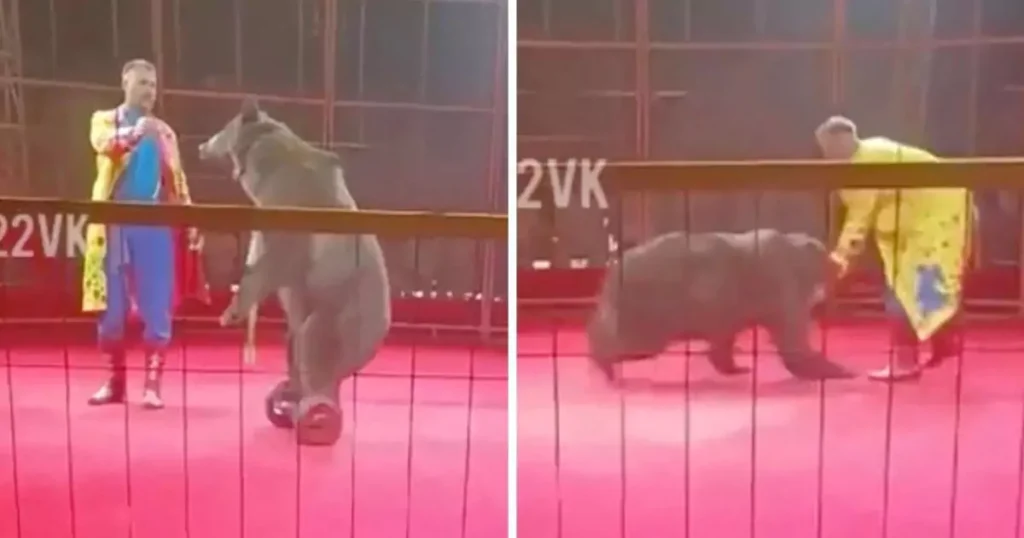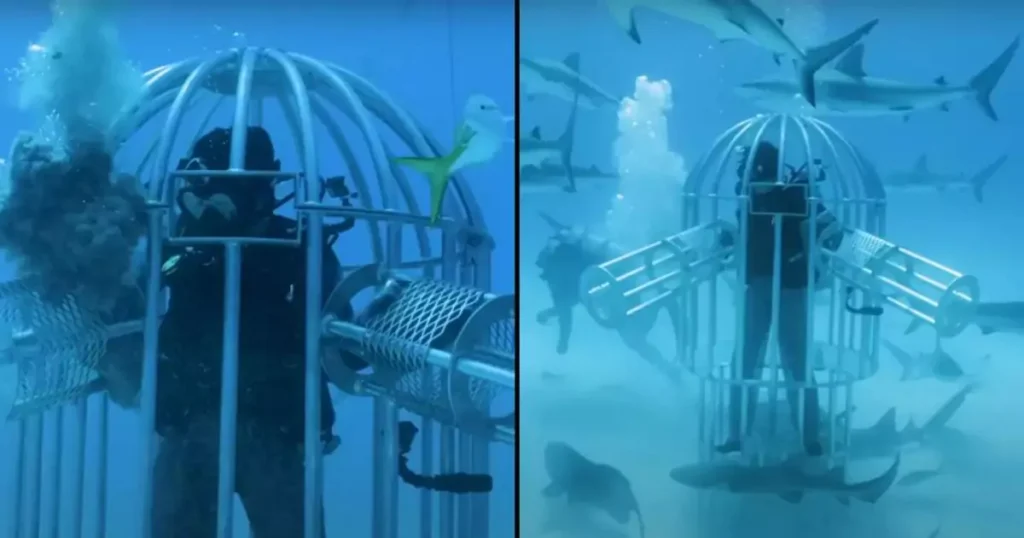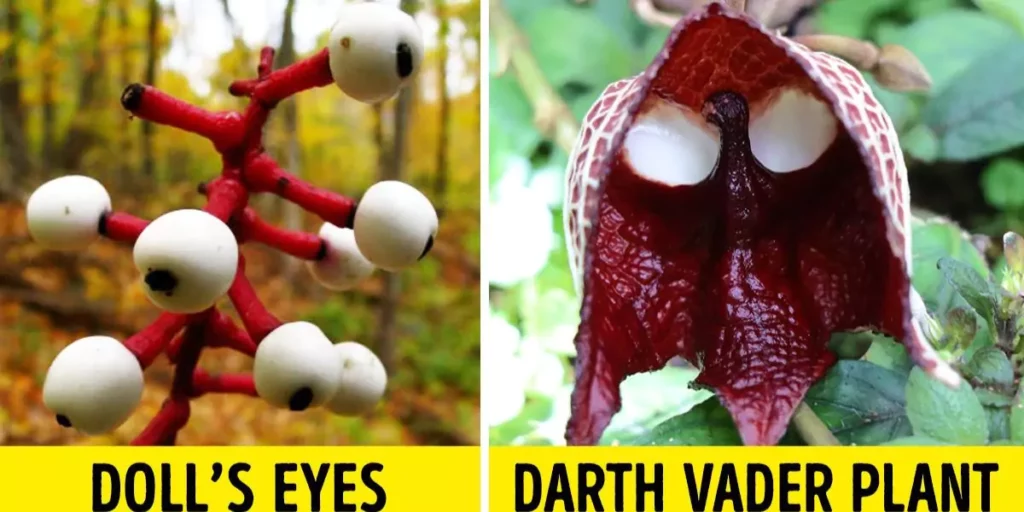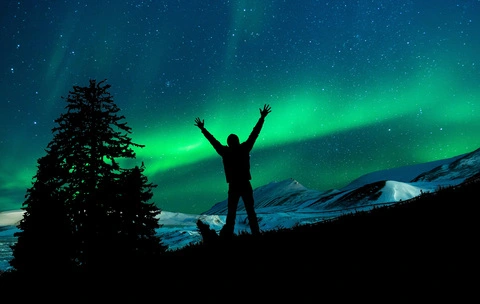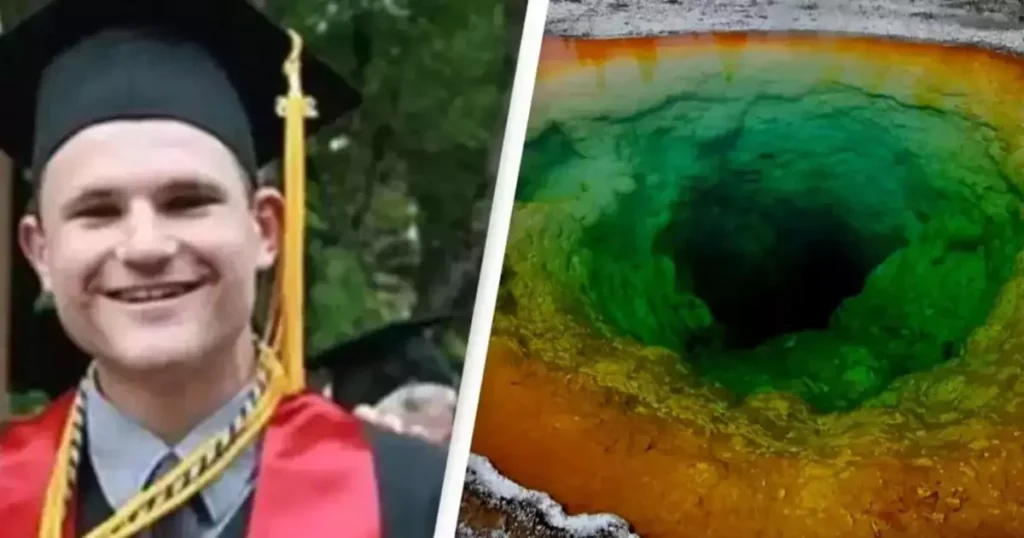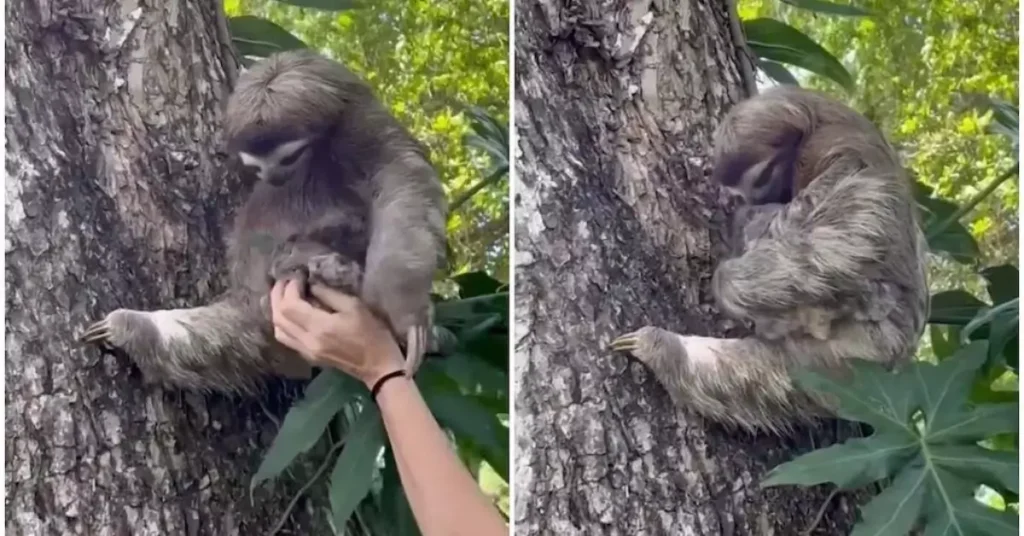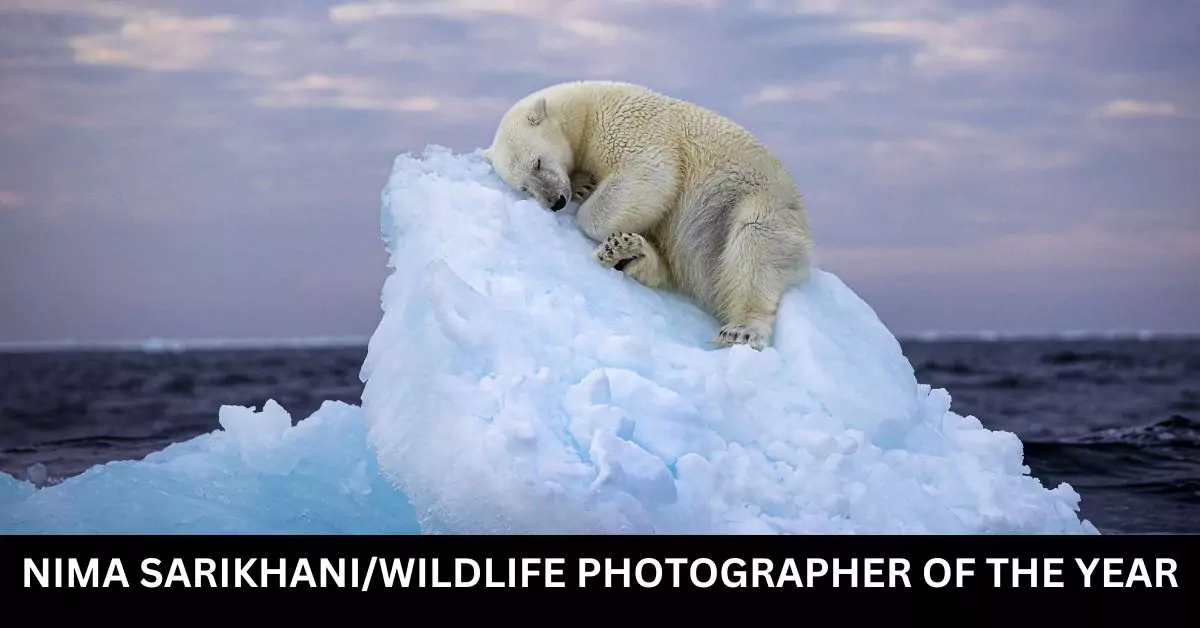
In the realm of wildlife photography, every snapshot tells a story of nature’s splendor and the delicate balance of ecosystems. Recently, the world marveled at the exquisite work of Nima Sarikhani, whose breathtaking photograph titled “Ice Bed” secured the prestigious Wildlife Photographer of the Year 59 People’s Choice Award in 2023. Let’s delve into the captivating narrative behind Sarikhani’s winning masterpiece and explore the broader significance of this achievement.
The Tale of “Ice Bed”: A Glimpse into the Polar Bear’s World
Sarikhani’s winning photograph, “Ice Bed,” offers viewers a poignant glimpse into the world of the majestic polar bear. Captured off the coast of the Svalbard archipelago, the image portrays a male polar bear in a moment of serene repose, reclining gracefully on a small iceberg. What makes this scene particularly compelling is the backstory: the bear had spent three arduous days scouring the icy landscape from aboard an expedition vessel, emphasizing the resilience and adaptability of these remarkable creatures.
Climate Change and Habitat Loss: A Looming Threat to Polar Bears
Beyond its aesthetic appeal, “Ice Bed” serves as a stark reminder of the existential challenges facing polar bears in the wake of climate change. Svalbard’s polar bears, like their counterparts in the wider Barents Sea population, confront the perilous consequences of diminishing sea ice. With their habitat and hunting grounds undergoing rapid transformation, polar bears encounter mounting obstacles in their quest for sustenance and opportunities to reproduce.
While the population of Svalbard’s polar bears currently remains stable, experts warn of the ominous specter of continued warming. The delicate equilibrium that sustains these iconic creatures hangs in the balance, underscoring the urgent need for concerted conservation efforts and climate action.
Celebrating Excellence: Highly Commended Entries and the Wildlife Photographer of the Year Exhibition
In addition to Sarikhani’s triumph, the Wildlife Photographer of the Year 59 competition spotlighted several other remarkable entries that garnered commendation. Among these, Tzahi Finkelstein’s enchanting portrayal of “The Happy Turtle” and Daniel Dencescu’s mesmerizing “Starling Murmuration” stand out as testaments to the diversity and wonder of the natural world.
For enthusiasts eager to immerse themselves further in the realm of wildlife photography, the Wildlife Photographer of the Year exhibition in South Kensington offers an unparalleled opportunity. From now until June 30, 2024, visitors can marvel at Sarikhani’s winning photograph and explore a curated selection of awe-inspiring images that celebrate the beauty and biodiversity of our planet.
A Closer Look at Other Four Remarkable Entries
1. “The Happy Turtle” by Tzahi Finkelstein: A Joyous Ode to Marine Life
In the realm of underwater photography, few images evoke as much joy and wonder as “The Happy Turtle” by Tzahi Finkelstein. This enchanting photograph transports viewers to the azure depths of the ocean, where a sea turtle glides gracefully through the water, adorned with a vibrant array of colors and patterns. What sets this image apart is the palpable sense of happiness exuded by the turtle, its eyes sparkling with delight as it navigates its aquatic realm.
Finkelstein’s masterful composition captures the essence of marine life in all its splendor, from the intricate details of the turtle’s shell to the play of light and shadow dancing across its graceful form. Through his lens, Finkelstein invites viewers to share in the joy of this moment, fostering a deep connection with the wonders of the underwater world.
Beyond its aesthetic appeal, “The Happy Turtle” carries a profound message about the importance of ocean conservation. As sea turtles face growing threats from habitat loss, pollution, and climate change, Finkelstein’s photograph serves as a poignant reminder of the need to protect these magnificent creatures and the fragile ecosystems they inhabit. Through his artistry, Finkelstein inspires viewers to appreciate the beauty of marine life and take action to preserve it for future generations.
2. “Shared Parenting” by Mark Boyd: A Heartwarming Portrait of Family Bonds
In “Shared Parenting,” Mark Boyd offers a tender glimpse into the world of wildlife parenting, capturing a poignant moment between a pair of animal parents and their offspring. Set against the backdrop of a pristine wilderness, the image depicts a scene of nurturing and care as the parents attend to the needs of their young. What makes this photograph particularly compelling is the sense of intimacy and connection it conveys, highlighting the universal bonds of love and responsibility that transcend species boundaries.
Boyd’s keen eye for detail and emotive storytelling imbue “Shared Parenting” with a sense of warmth and empathy, inviting viewers to reflect on the profound significance of family in the animal kingdom. Whether nurturing their young, teaching essential life skills, or providing protection from potential threats, the parents in Boyd’s photograph exemplify the selfless devotion and sacrifice inherent in the parenting journey.
Through “Shared Parenting,” Boyd celebrates the diversity of family structures in the natural world and underscores the importance of empathy and compassion towards all living beings. As viewers gaze upon this heartwarming tableau, they are reminded of the universal truths that bind us together as members of a shared global community.
3. “Aurora Jellies” by Audun Rikardsen: A Spectacular Display of Bioluminescent Beauty
In “Aurora Jellies,” Audun Rikardsen transports viewers to the ethereal realm of the Arctic seas, where bioluminescent jellyfish illuminate the night sky in a mesmerizing display of light and color. Set against the backdrop of the Northern Lights, the photograph captures the surreal beauty of this natural phenomenon, with the jellyfish casting an otherworldly glow against the dark expanse of the ocean.
Rikardsen’s expert use of light and composition creates a sense of magic and wonder, evoking a sense of awe and reverence for the mysteries of the natural world. As viewers gaze upon the luminous jellyfish dancing in the Arctic waters, they are transported to a realm of enchantment and wonder, where the boundaries between reality and fantasy blur into insignificance.
Beyond its aesthetic appeal, “Aurora Jellies” serves as a poignant reminder of the interconnectedness of all life forms and the fragile beauty of Earth’s ecosystems. By capturing this fleeting moment of bioluminescent splendor, Rikardsen invites viewers to contemplate the wonders of the natural world and the urgent need to protect it from the growing threats of climate change and habitat destruction.
4. Exploring “Starling Murmuration” by Daniel Dencescu
In the realm of wildlife photography, few phenomena captivate the imagination quite like the spectacle of starling murmurations. Daniel Dencescu’s photograph, aptly titled “Starling Murmuration,” transports viewers into the heart of this mesmerizing display of avian choreography, where thousands of starlings move in perfect harmony across the sky.
The Dance of the Starlings: A Symphony in Motion
“Starling Murmuration” captures a moment of breathtaking beauty as a vast flock of starlings swirls and swoops through the air in an intricate dance of synchronized flight. Against the backdrop of a dusky sky, the birds form fluid shapes and patterns, undulating and cascading with seamless precision.
Dencescu’s keen eye for composition and timing allows him to capture the essence of this natural spectacle, freezing a fleeting moment in time for viewers to behold. Through his lens, the sheer magnitude and complexity of the murmuration are laid bare, inviting contemplation on the mysteries of collective behavior in the animal kingdom.
Awe-Inspiring Synchronicity: Exploring the Science Behind Murmurations
While the sight of a murmuration may seem like a choreographed performance, its origins lie in the instinctual behavior of starlings as they navigate their environment and evade potential predators. Scientists believe that murmurations serve multiple purposes, including enhancing communication, confusing predators, and maintaining social cohesion within the flock.
The mesmerizing patterns and synchronized movements observed in murmurations emerge from simple rules governing each bird’s behavior, such as maintaining a minimum distance from neighbors and aligning their flight direction with nearby individuals. As each starling adjusts its position in response to its neighbors, the flock collectively generates mesmerizing displays of coordination and cohesion.
Conservation Implications: Protecting Habitats for Starling Murmurations
While murmurations continue to captivate and inspire observers worldwide, they also serve as a poignant reminder of the importance of protecting natural habitats for wildlife. As human activities encroach upon natural landscapes, starlings and other migratory birds face mounting threats from habitat loss, pollution, and climate change.
By celebrating the beauty of “Starling Murmuration,” Dencescu not only invites viewers to marvel at the wonders of the natural world but also underscores the urgent need to preserve and protect the ecosystems that support these remarkable displays. Through conservation efforts and habitat restoration initiatives, we can ensure that future generations have the opportunity to witness the awe-inspiring spectacle of murmurations for years to come.
The Wildlife Photographer of the Year People’s Choice Award winners have provided us with a stunning glimpse into the beauty and fragility of our natural world. From Nima Sarikhani’s poignant portrayal of a polar bear’s tranquil ice bed to Tzahi Finkelstein’s joyful ode to marine life with “The Happy Turtle,” each photograph serves as a powerful reminder of the wonders that surround us.
Mark Boyd’s “Shared Parenting” captures the universal bonds of love and responsibility that unite all creatures, while Audun Rikardsen’s “Aurora Jellies” transports us to the ethereal realm of the Arctic seas, where bioluminescent jellyfish illuminate the night sky.
Finally, Daniel Dencescu’s “Starling Murmuration” mesmerizes us with the synchronized flight of thousands of starlings, reminding us of the intricate harmony of nature’s choreography.
As we reflect on these awe-inspiring images, let us be inspired to cherish and protect the precious biodiversity of our planet. Through conservation efforts and a deep appreciation for the natural world, we can ensure that future generations inherit a world teeming with beauty, wonder, and life.

